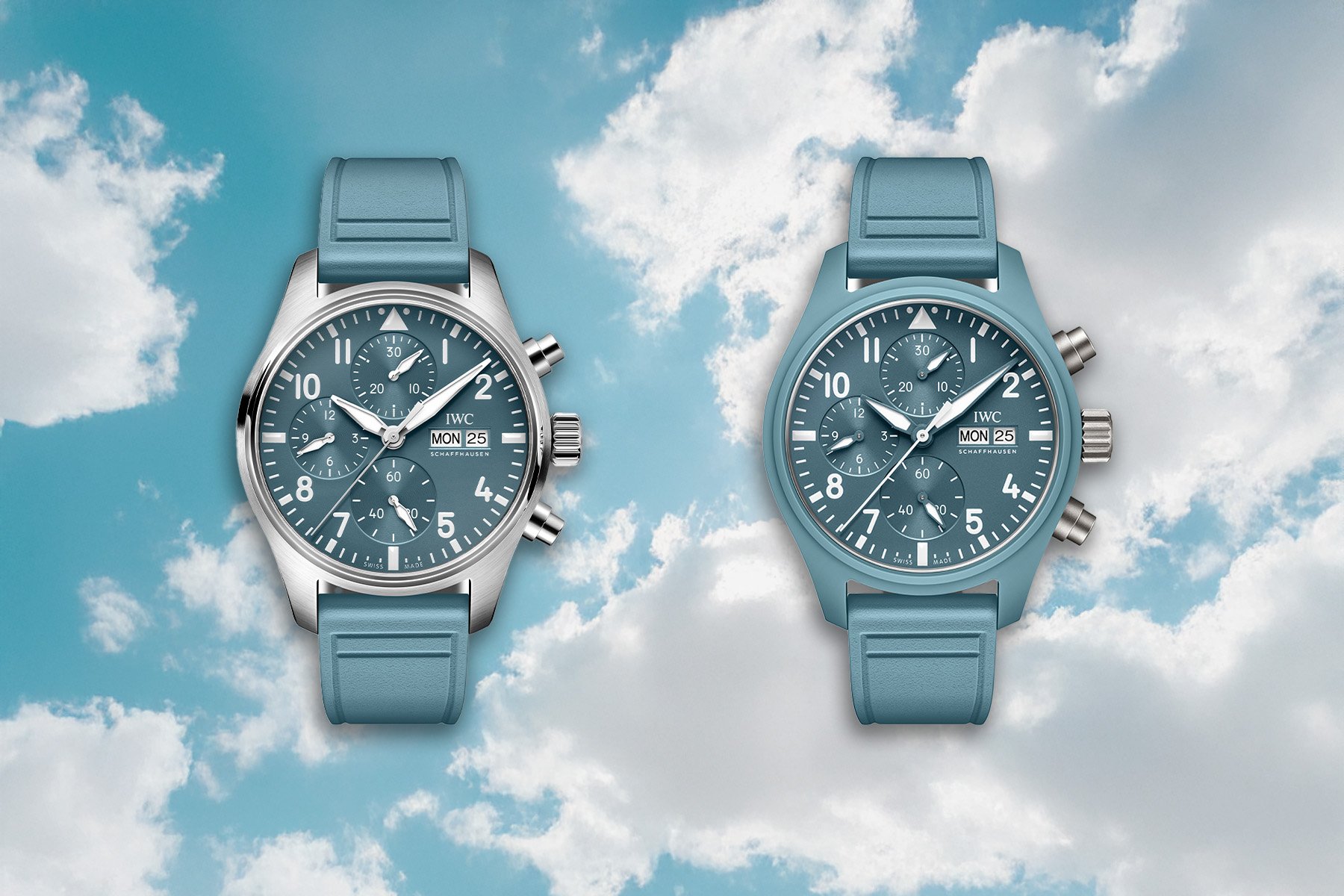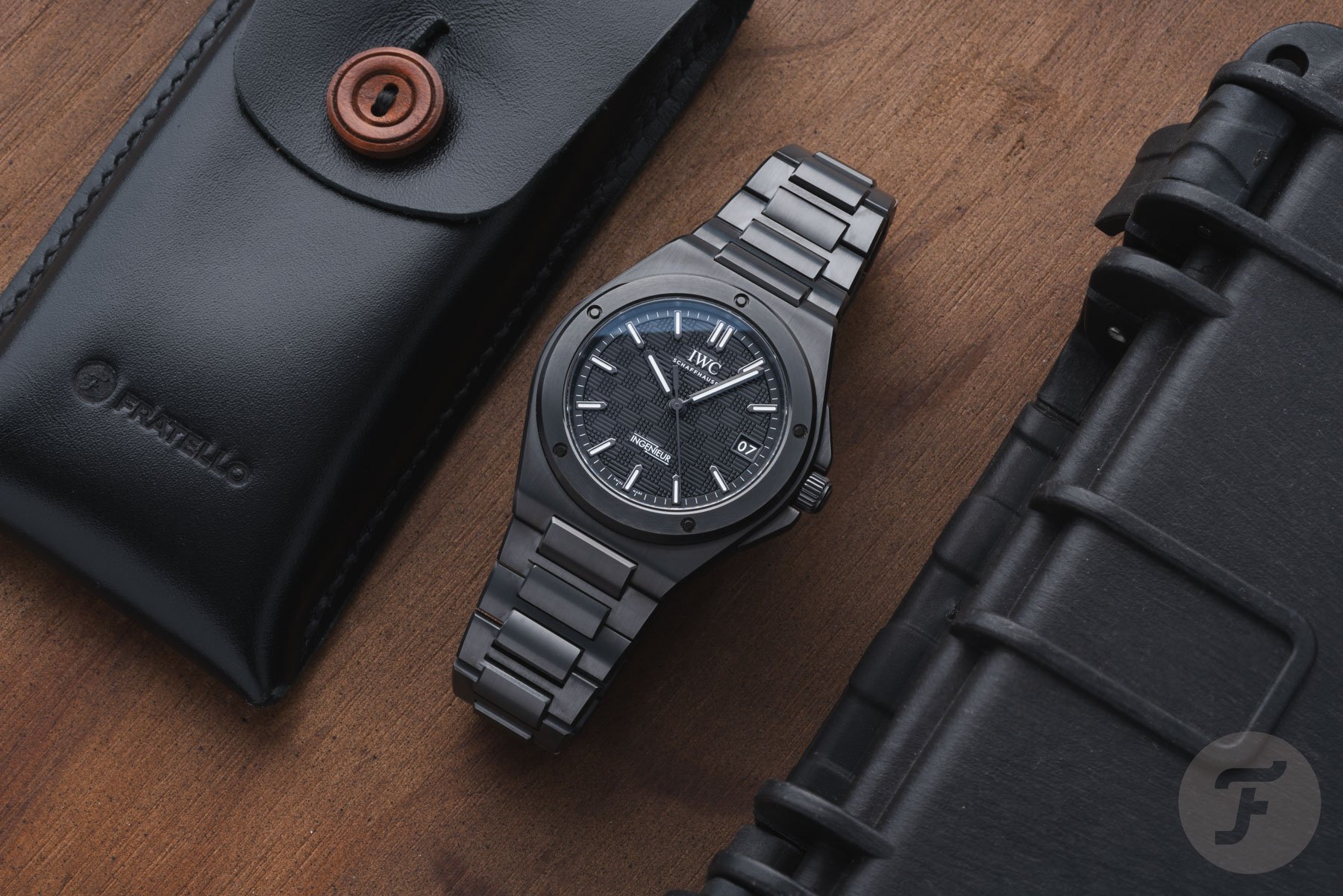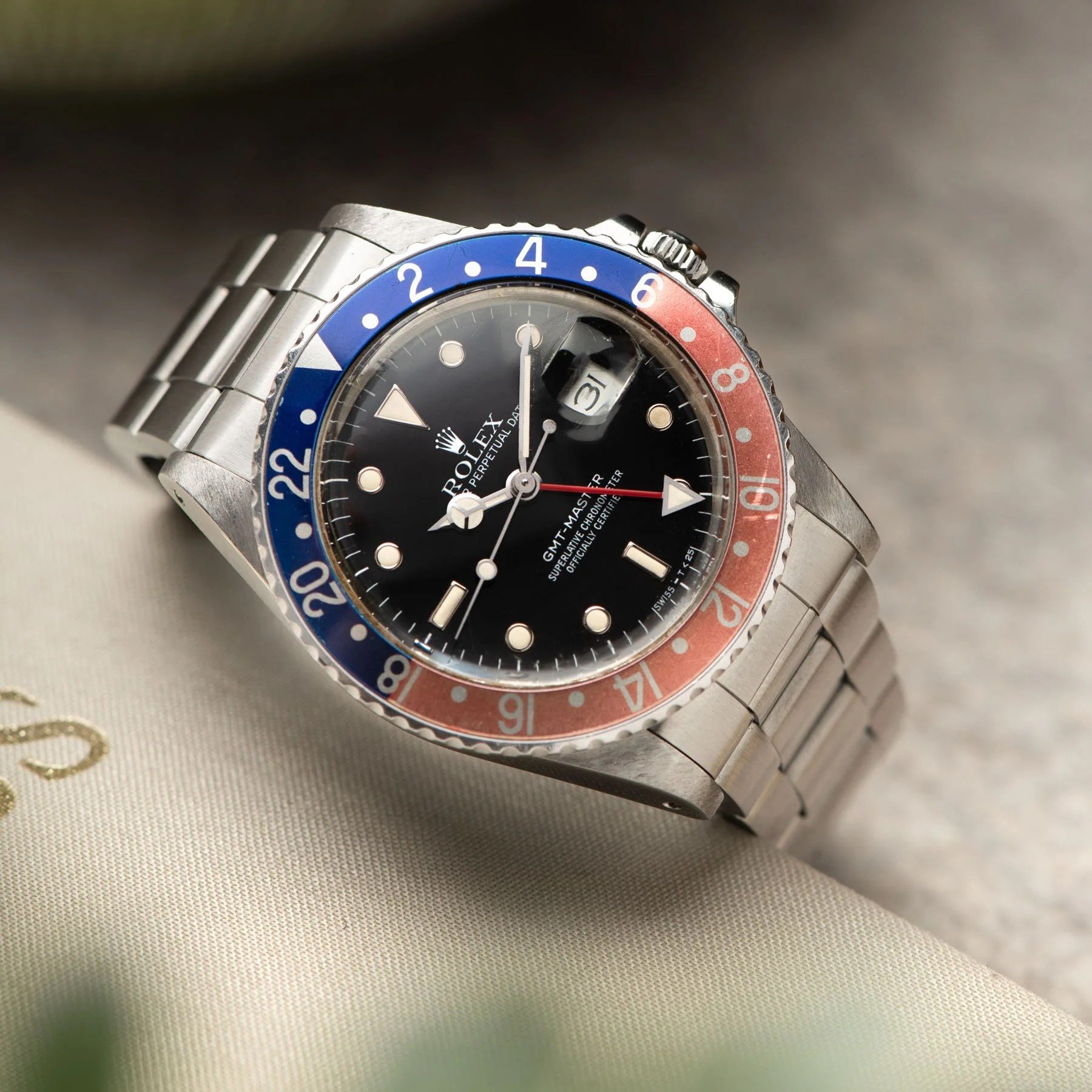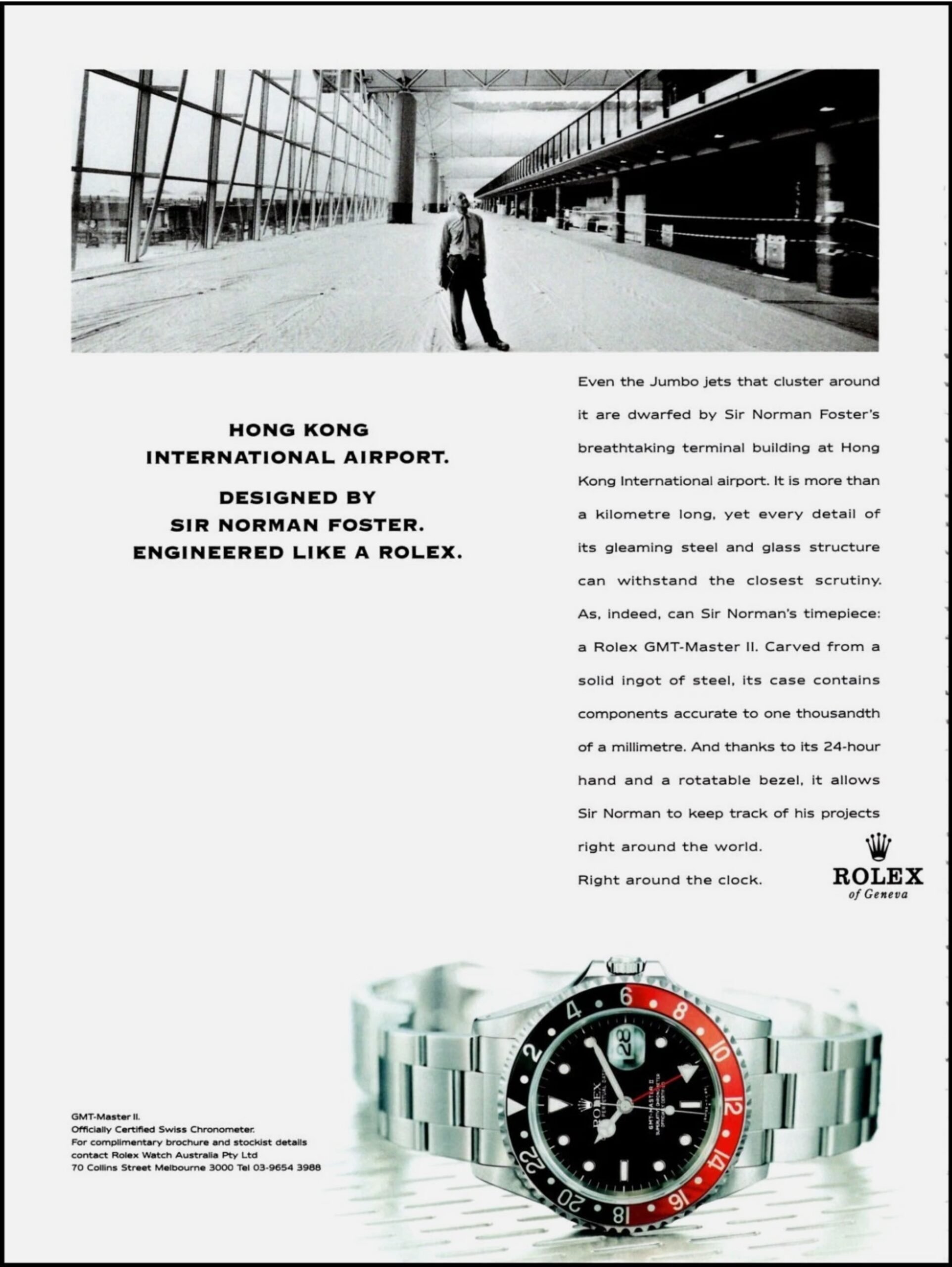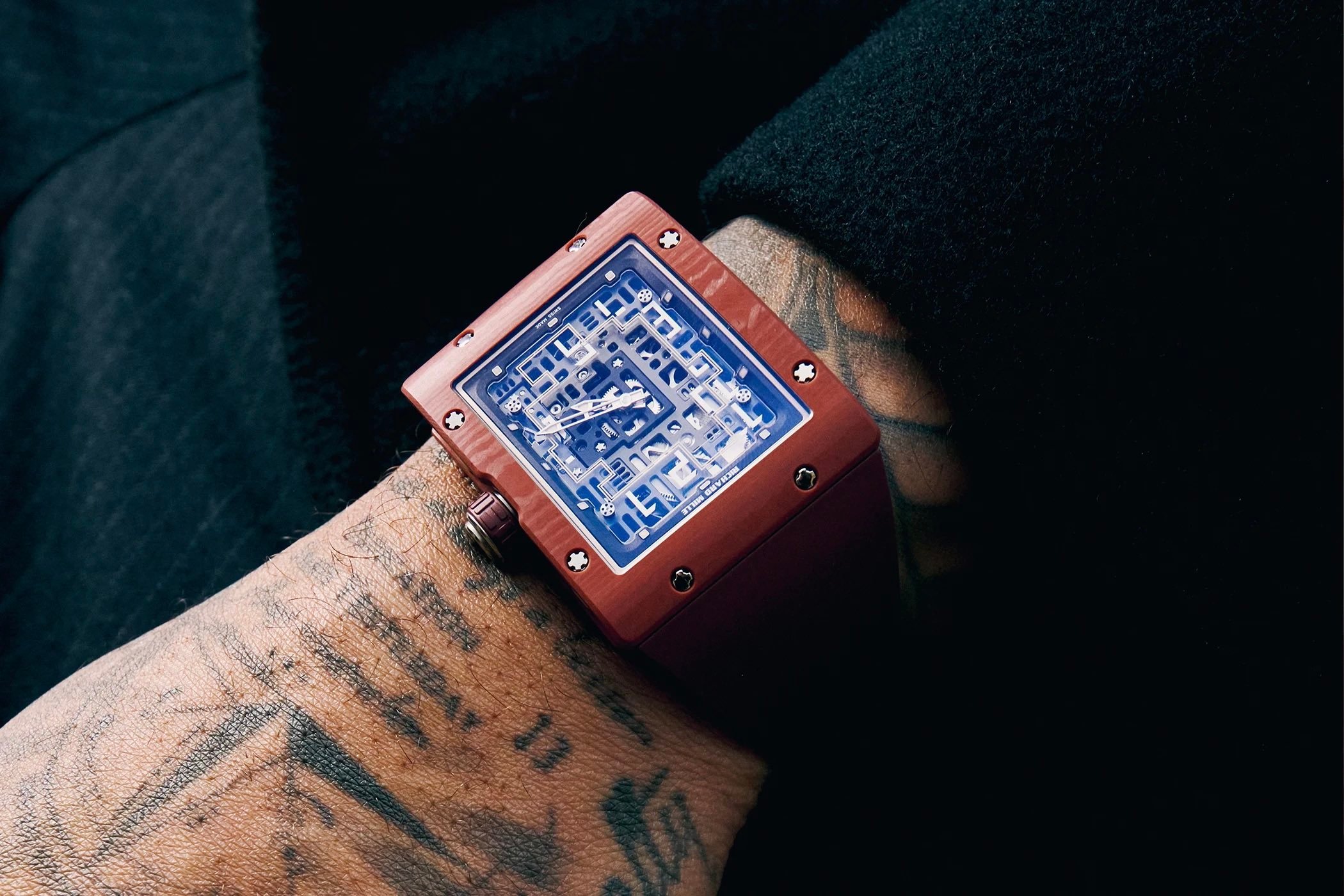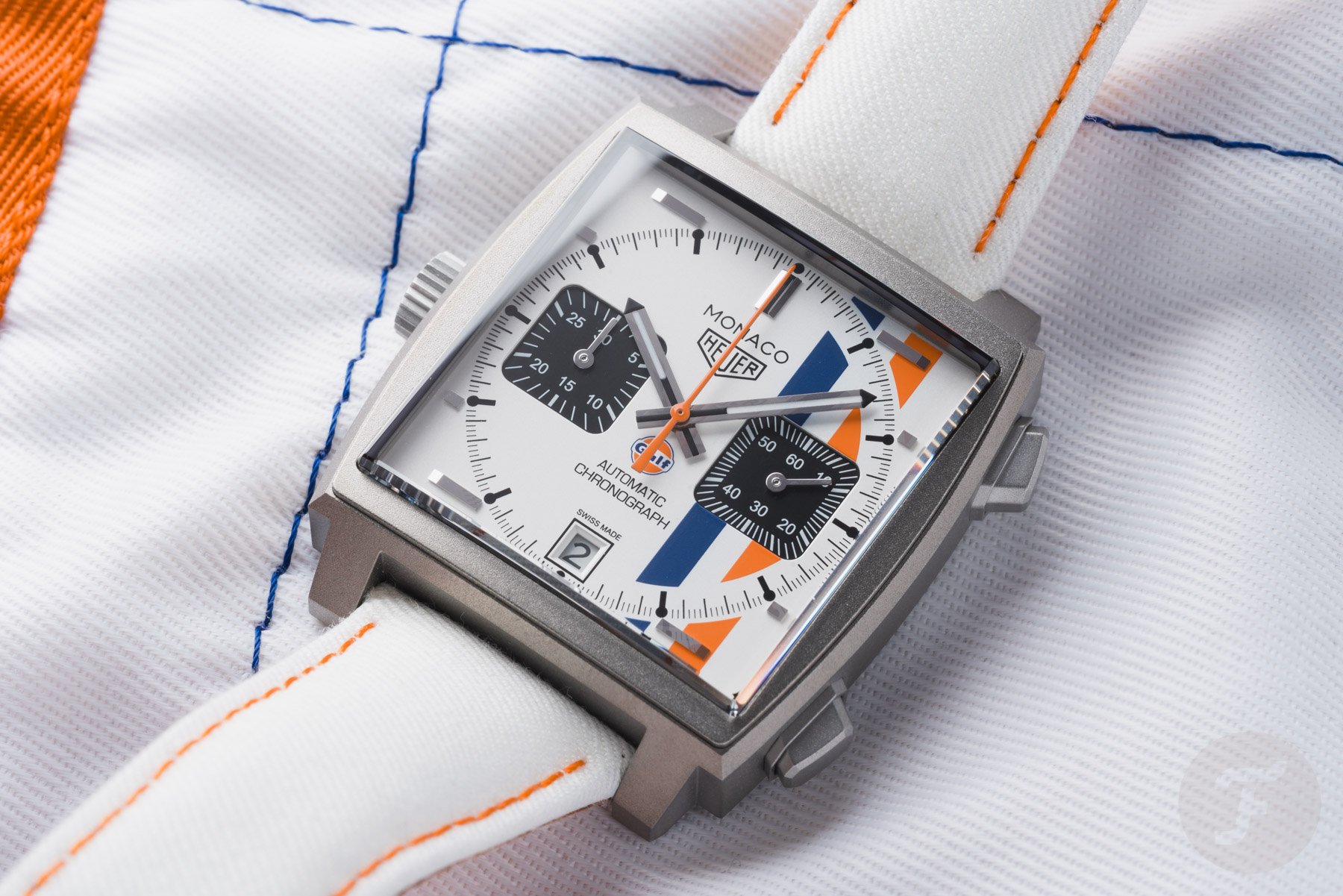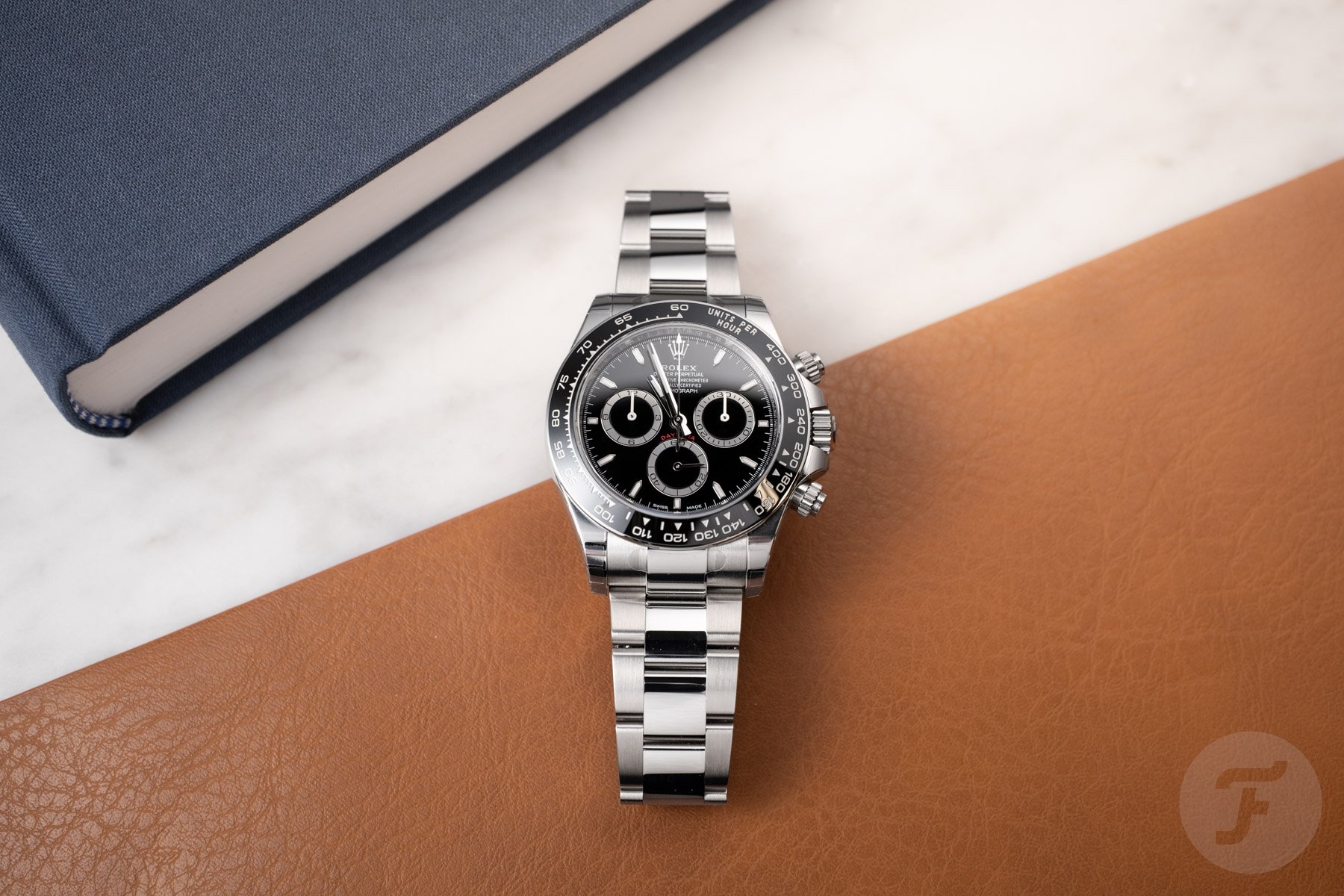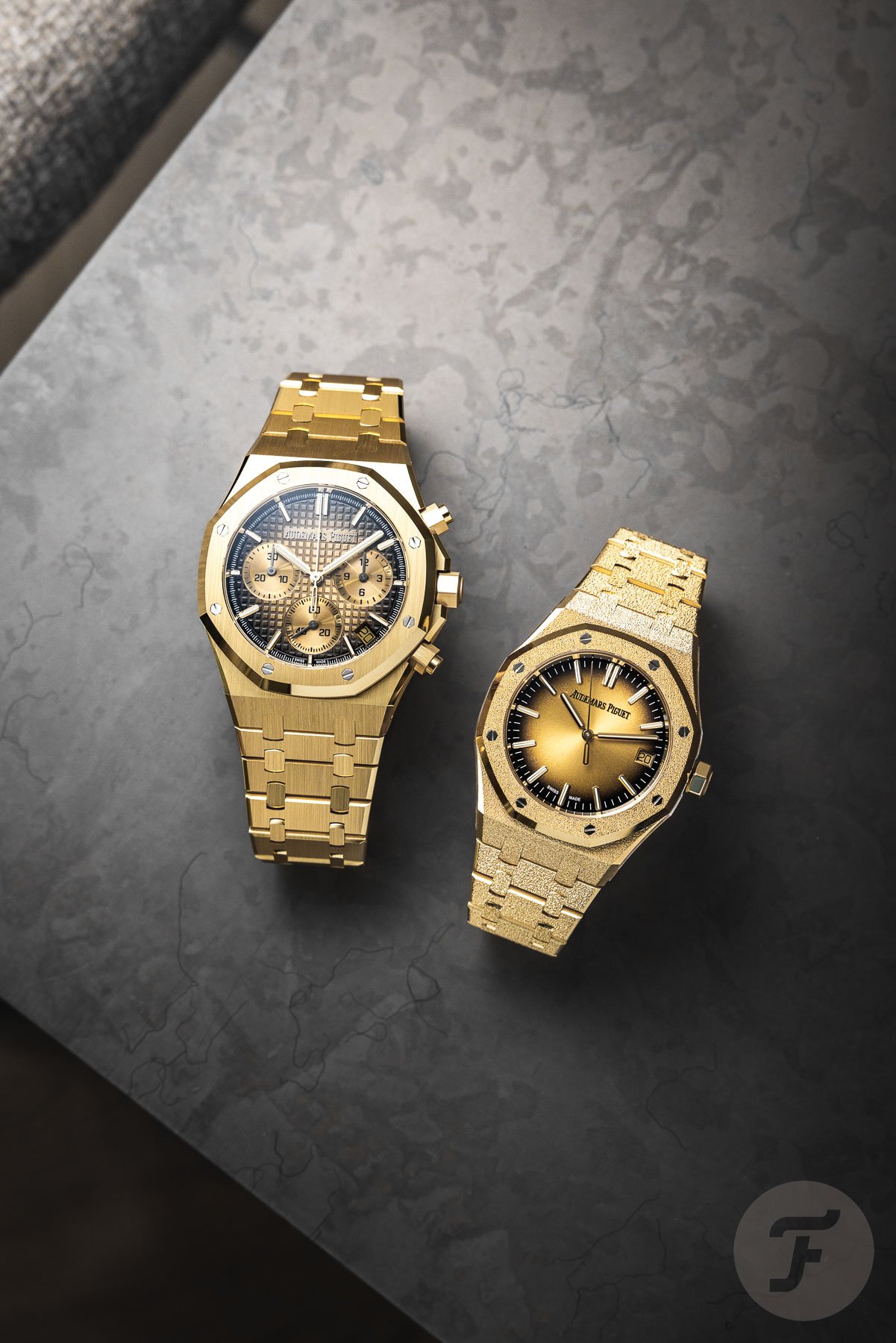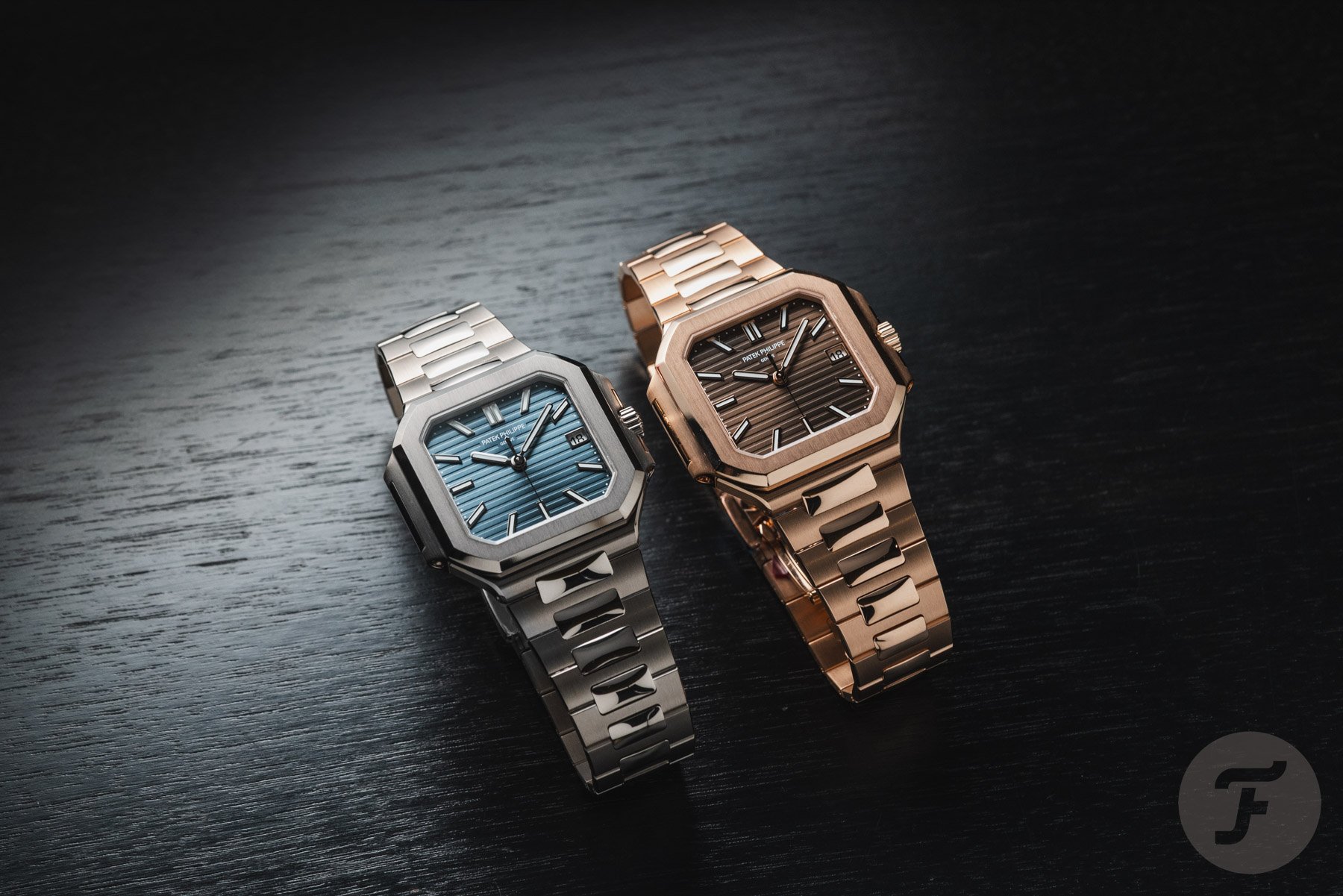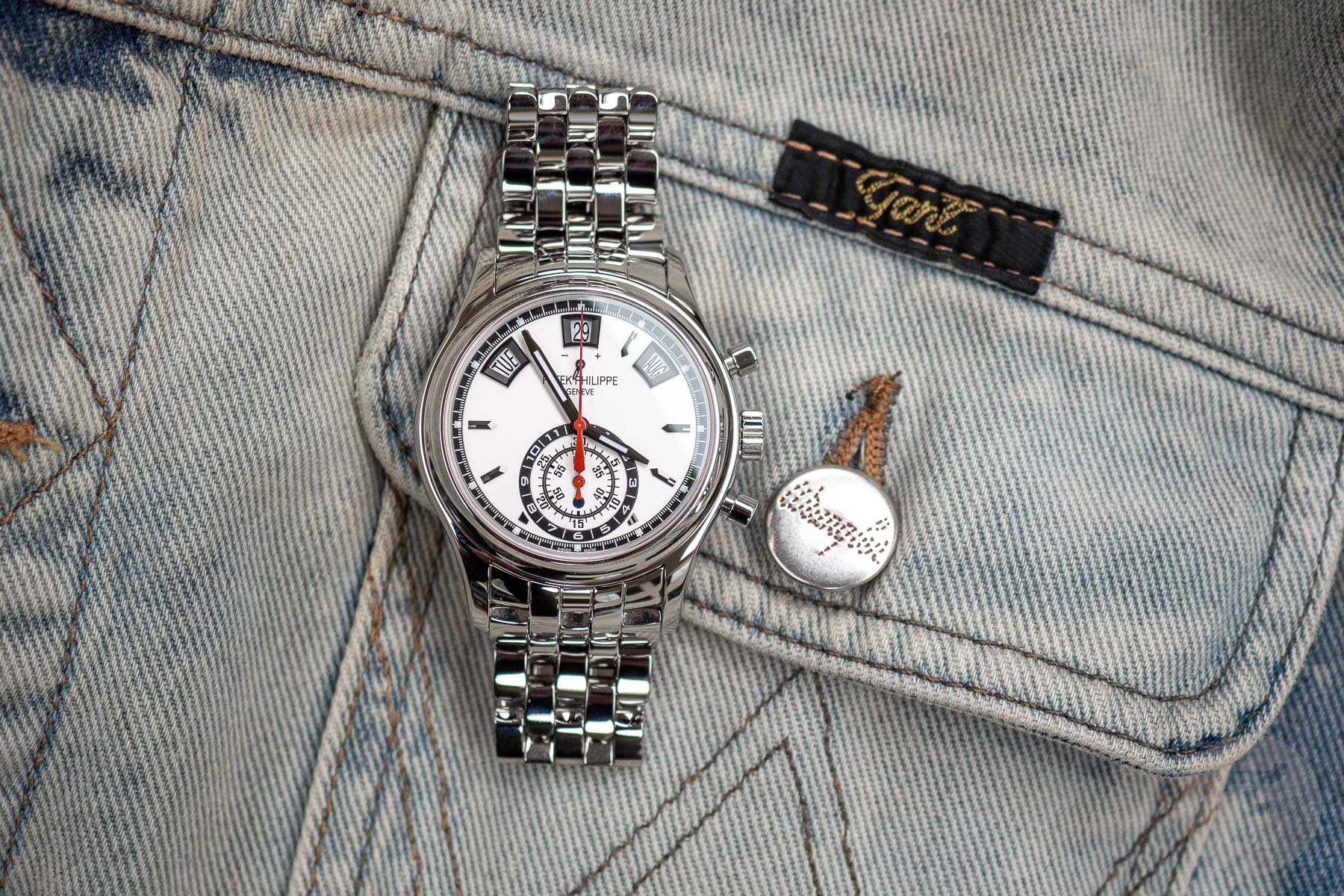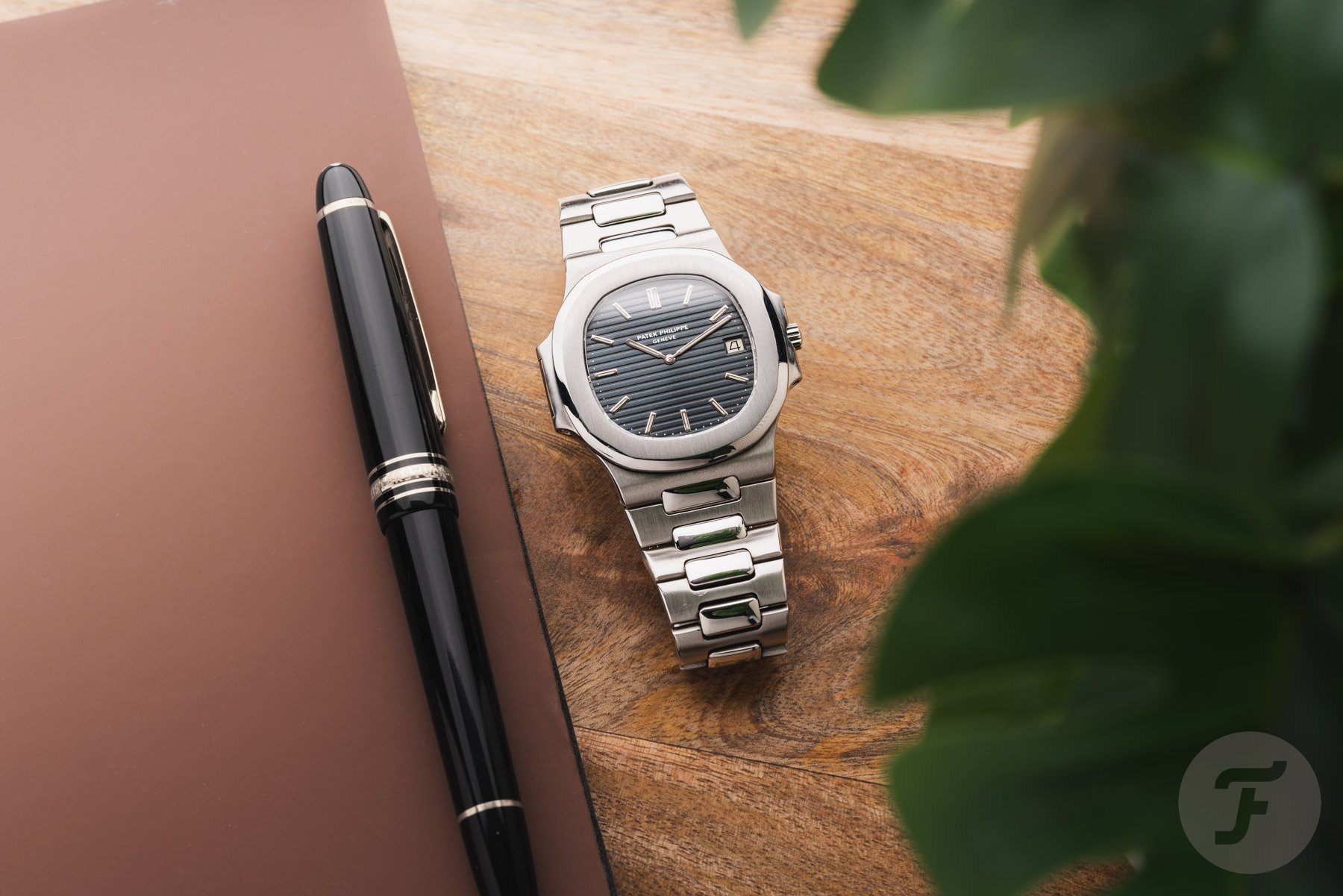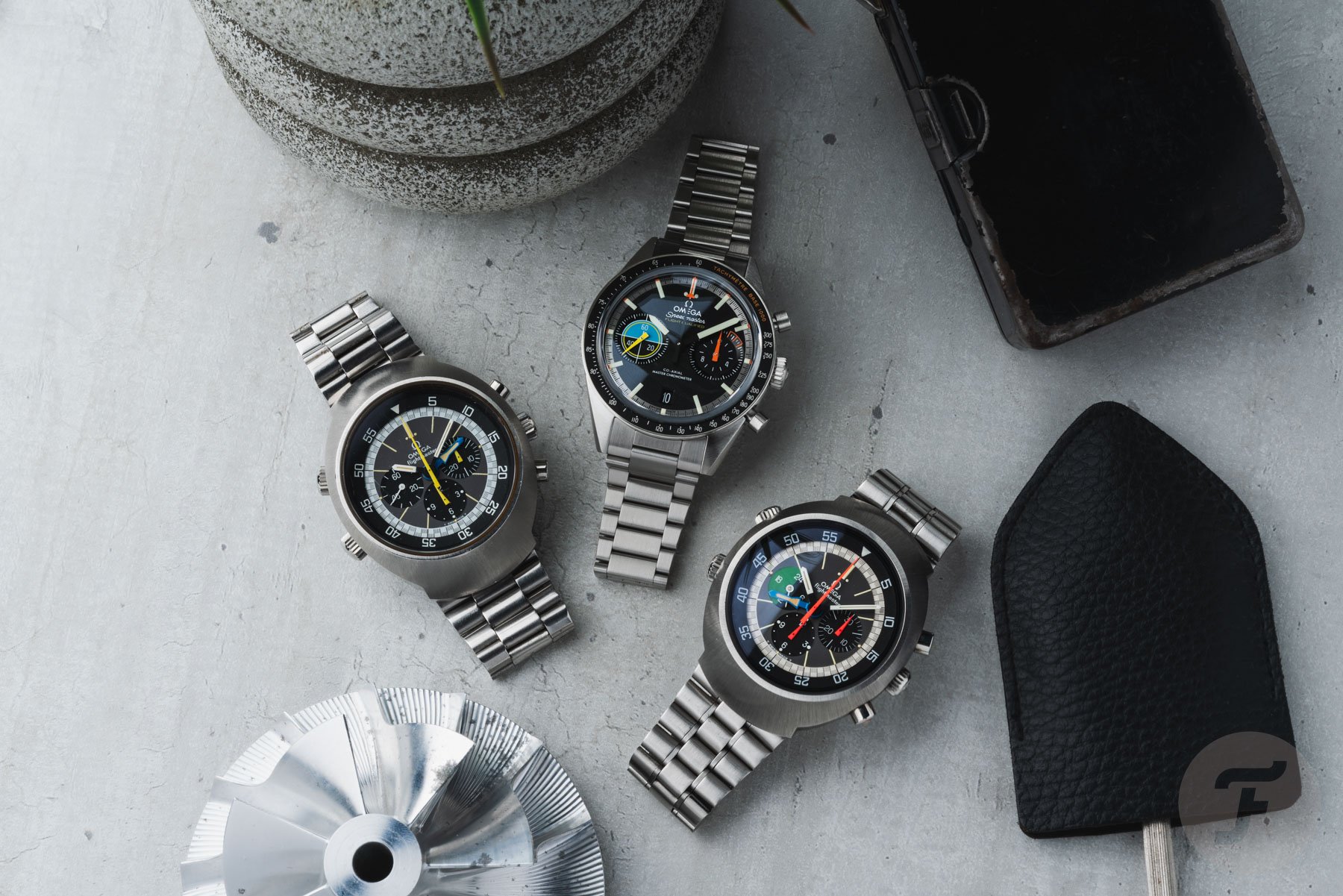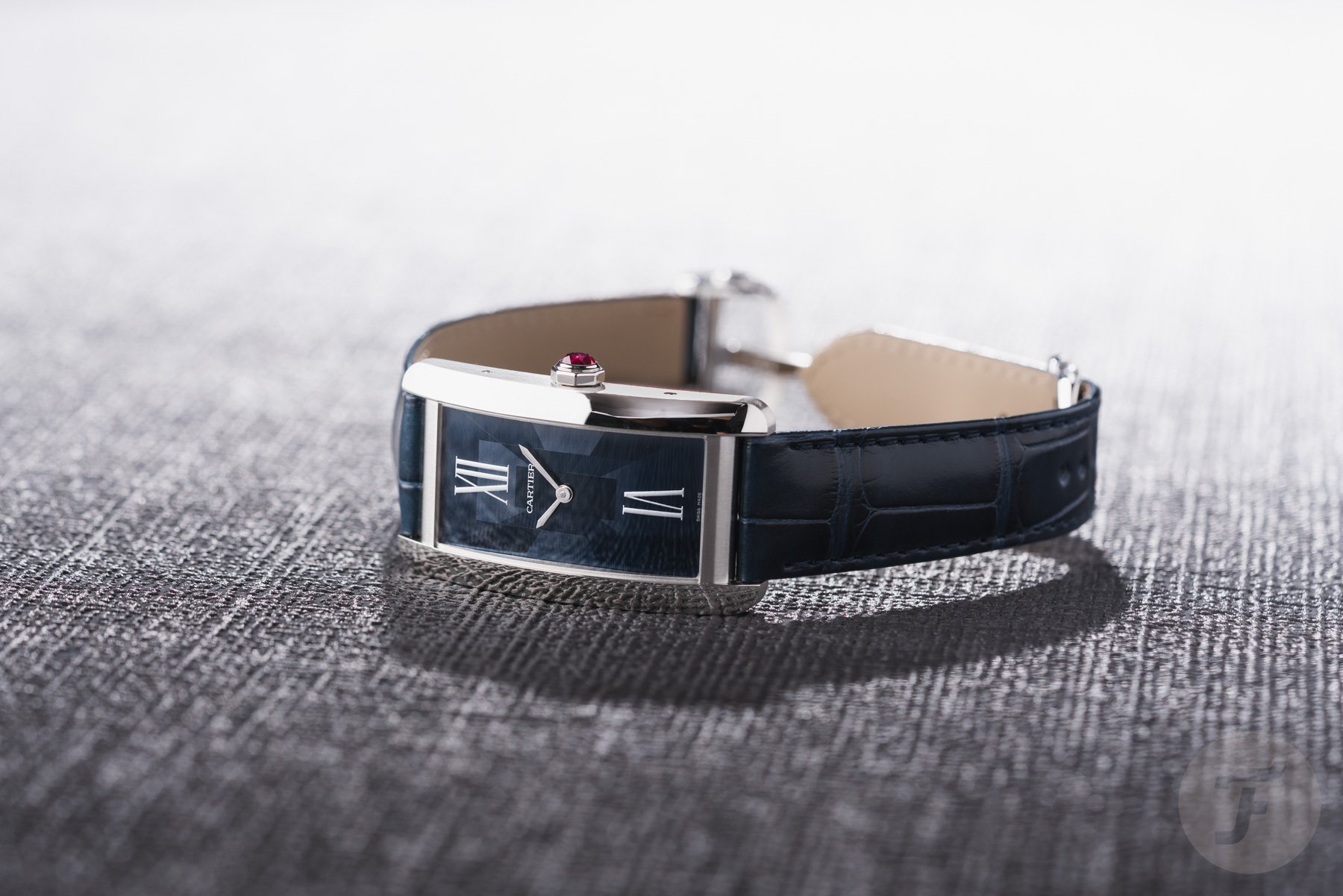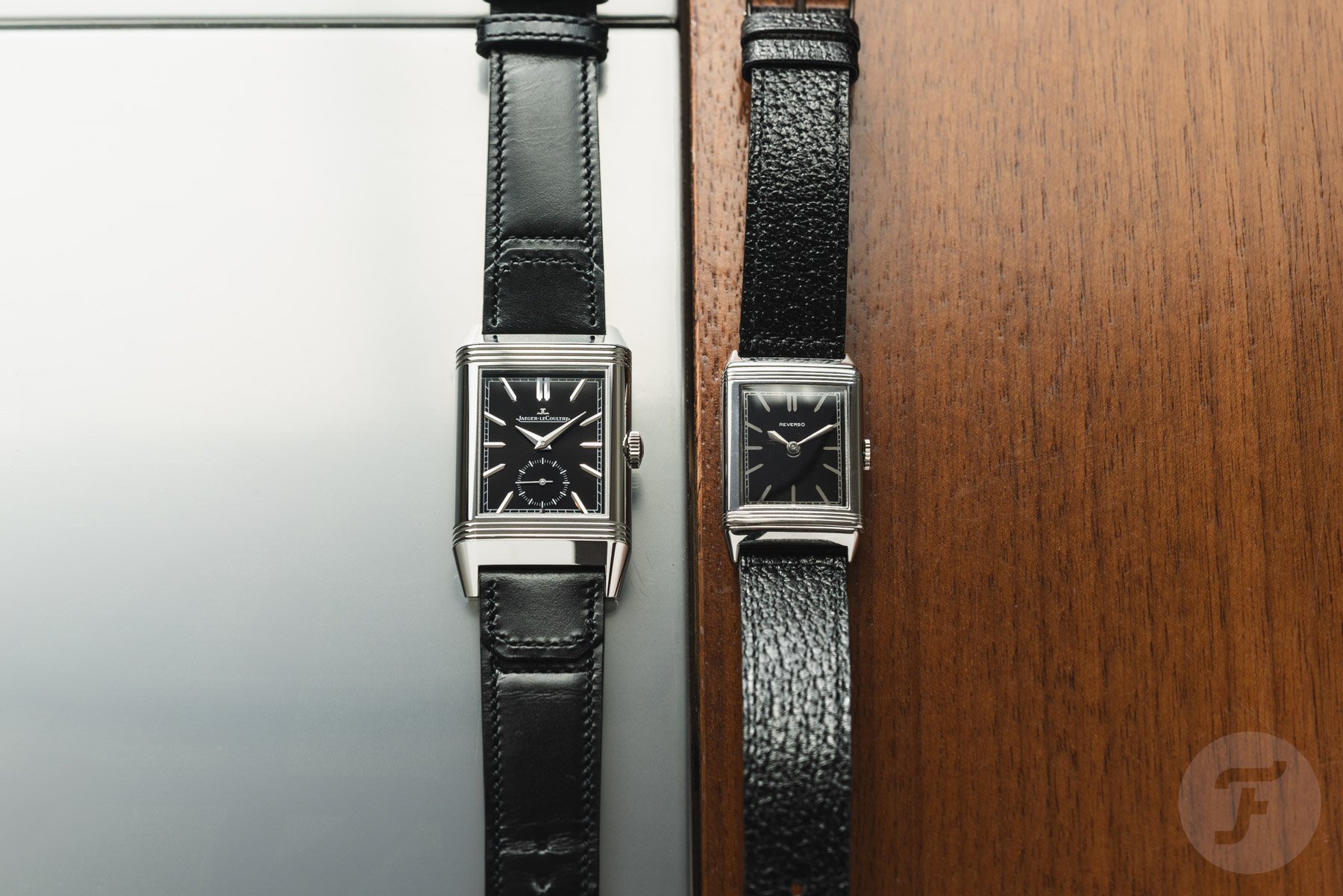Does Storytelling Still Sell Watches In 2025?
The greatest watch story ever told is the story of the Omega Speedmaster, the first watch worn on the Moon. That’s a fact. Another fact is that luxury in general is not about selling products. Rather, it is about emotion. That certainly is the case with post-Quartz Crisis luxury watches. The key to successfully selling mechanical watches in a world with no functional, practical, or instrumental need for them is crafting a compelling brand and/or product story, then consistently communicating it with emotional resonance and empathy across every customer touchpoint. But is this kind of in-depth emotional storytelling — including the history of the brand, the genius of the founding watchmaker, and the astonishing accolades of the watch — compelling enough to capture audiences today? Is such an origin story still relevant? After all, we live in a world dominated by fast social media content.
The inspiration for this thought piece comes from an introductory article on the light blue IWC Pilot’s Watch Chronograph 41 Top Gun Miramar watches. Apparently, IWC chose the light blue because it is the color of the T-shirts that Top Gun instructors wear under their flight suits. I asked myself if that was storytelling or simply an explanation bordering on an excuse — “We really wanted to create something cool in fashionable and summer-ready light blue, but we didn’t know how to justify it for the Top Gun watches, and after searching long and hard, we found something.”
Does storytelling still sell watches in 2025?
Regarding the two new IWC Pilot’s Watches, I think the two light blue creations should speak for themselves. Yes, the ceramic limited-edition watch has a technical heritage that goes back to the 1980s, and the dial layout is of the no-nonsense, form-follows-function, instrumental type with a military history, but the light blue twist is just too fashionable and seasonally timed to benefit from an anecdotal story about T-shirts of the same color. It does bring up the question headlining this article. In the case of the latest IWC chronographs, I don’t think storytelling sells these novelties. Their color does.
This might not seem problematic, but it could be. Selling cool, hip, and hyped-up products differs from selling luxury products that can withstand time and trends. And mechanical luxury watches are precisely that — timeless quality products that stand in a long tradition and tell a story of innovative and artisanal craftsmanship. The parallel universe of luxury watches is held together by storytelling. Great stories make us believe luxury watches are worthy of our hard-earned cash.
Fleeting stories
A story created the world in which luxury watches make sense. However, that story needs to be retold repeatedly and have new chapters added to it — not anecdotes, mind you, but solid storytelling. Otherwise, the product’s value erodes. And great storytelling cannot only be social media content. Social media is too fleeting to make a long-lasting impression. Watch brands also dilute their identity to appeal to a broader audience or rely solely on product features. This leads to uninspired, interchangeable messaging. When the story lacks clarity, consumers disengage.
When I say “Pan Am,” what do you say?
But what about brands like Rolex, Audemars Piguet, Richard Mille, and Patek Philippe that do great partly/mainly because of their presence on social media and Instagram in particular? Rolex will always do well, whether on social media or not. Rolex is an untouchable icon. Its audience buys a watch with a crown on the dial because it’s a status symbol. It became that because Hans Wilsdorf, the brand’s founder, strongly believed in the power of marketing. His message told of the pursuit of excellence, and he made sure the brand’s clients not only learned about his ambition but also experienced it. It worked, and Wilsdorf’s efforts made Rolex into a worldwide symbol of achievement, a success story of achieved ambition, and a source of inspiration for customers.
Countless Rolex stories influenced several generations. When I say “Mount Everest” or “Pan Am,” many of Fratello’s readers know the inspirational stories behind those words that have them aspire to a watch capable of doing great things. But the millions desiring a “Pepsi” because of the many hours they scrolled on Insta have no clue what that nickname means, nor do they know about the watch’s history or functionality.
Relevance lost
That can also be said about the ones lusting over luxury sports watches made by Audemars Piguet and Patek Philippe, as well as the wild creations from the Richard Mille atelier that make their way to the public eye on the wrists of Formula 1 drivers, NBA players, artists, and influencers. The “it” product takes center stage, and the story of how it got there is not interesting to them. It’s easy for brands to be okay with this, but they should not be. As soon as it is all about the product and whether it is relevant/hip/hyped now, it might lose its future relevance, and the brand will follow.
Inconsistency is also a confusing factor. One day, the story is about the watch winning a famous car race, and the next moment, it’s about a video game. Brands’ stories are often erratic, and if a brand is all about exclusivity one moment and mass accessibility the next, it will confuse consumers. Not only that, but it will also undermine authenticity.
Non-negotiable authenticity
Authenticity is a peculiar thing. A brand is either authentic, or it’s not. With authenticity comes trust, and that’s a valuable asset for a luxury watch brand. Establishing trust between a brand and the public takes a long time, but that trust can be destroyed almost instantly. Being inconsistent breeds inauthenticity, which destroys trust, and both the products and buying experiences become devoid of feeling and emotion. Indeed, the experience that comes with buying a luxury watch is as essential as the timepiece itself.
The story of the watch is what turns it into an object of desire, not for a season but for decades. Without storytelling, the figure on the price tag is difficult to explain. Buying a luxury watch means believing in and trusting the storytelling so much that it brings exactly the right amount of perceived value to justify the price.
FOMO and doomscrolling
If a brand can’t tell the public why it matters beyond price or prestige, it won’t be able to capture and keep people’s interest. The hype around high-end integrated-bracelet sports watches and almost every Rolex in the current catalog is fueled by the instant status these watches seem to provide, FOMO, and the idea that a luxury watch must be an investment. These are not exactly the elements the brands producing the watches promote. However, only strong brands with equally strong storytelling must deal with the phenomenon.
Thriving high-horology brands, such as Patek Philippe and Audemars Piguet, have such a strong reputation that, when exposed to the millions on social media, they became symbols of success at a blistering speed. Before social media, these brands were less widely known because the media outlets in which they appeared were incredibly selective. Advertising campaigns of these brands offered carefully selected target audiences a glimpse of a rich, resonant, emotionally fulfilling universe, inviting them to step inside their worlds, share their values, and feel a warm sense of belonging.
Guardians of a legacy
The famous Patek Philippe slogan, “You never actually own a Patek Philippe,” is quite the line. It was introduced in 1996 as part of the brand’s “Generations” campaign, and it tells us the Genevan brand is not selling timepieces but a legacy. Patek emphasizes the idea of a legacy and passing down a treasured possession. With a Patek on the wrist and the slogan in the back of your head, you become the protector of a priceless heirloom, a symbol that transcends generations.
This is quite the opposite of how “it” watches are presented on Instagram. You could speak of overexposure when you make a certain number of watches per year but have an audience of millions online. You are viewed by many but not seen for who you are. As a brand, you will be judged based on little insight. Doomscrolling past luxury watches in an Instagram feed erodes those watches’ meaning because of the lack of historical dimension and context.
A daunting task
Social media platforms like TikTok and Instagram are intentionally designed to condition our brains to consume content in small, bite-sized pieces. The short-form content on those platforms can become highly addictive. Considering the average human attention span on social media is often just eight seconds, how can a luxury watch brand tell its full story in such a high-paced environment? If the post, reel, or story isn’t immediately captivating, users will scroll past it. Interestingly and reassuringly, this isn’t necessarily a sign of reduced cognitive ability. Even though our brains have adapted to filter and prioritize information in the fast-paced digital world, we can still take in long-form content or in-depth storytelling. Social media is just not the place to do it.
Brands must find other ways to communicate their values and describe their products. They won’t reach the millions that social media does, but a more targeted approach often results in better results. Unique background stories in specialized online and offline watch media, lifestyle magazines that do more than show the Fall 2025 trends, different kinds of engaging events, and so on are all part of straightforward, emotionally resonant storytelling. It will craft a brand story powerful enough to have consumers experience it as an inspirational event, which is very rewarding for both the brand and the consumer.
I ask again, does storytelling still sell watches in 2025?
To wrap things up and answer this article’s main question, my answer would be, “Not nearly enough.” Brands are too focused on the products, which is a short-term strategy, and not focused enough on a long-term strategy that includes in-depth storytelling. It’s storytelling that binds price and product by authentically and transparently explaining the brand’s origins, values, and vision. In the parallel universe of luxury timepieces, the watch alone is never sufficient — the story behind it creates actual value. Without that narrative, even the most iconic brands risk fading into obscurity.
If it’s only about how the watch looks rather than how it’s made, what makes it historically and technically special, and what the brand stands for, a luxury timepiece is a hollow piece of hardware. It is a mute object with a heavy price tag that doesn’t have a voice. That’s not a desirable situation for brands or watch lovers. We want watches that “speak” of great adventures, the trailblazing technical wizards that created them, and other inspirational stories. In other words, we want stories worth remembering.

